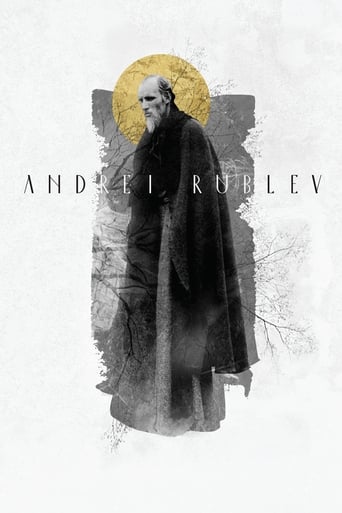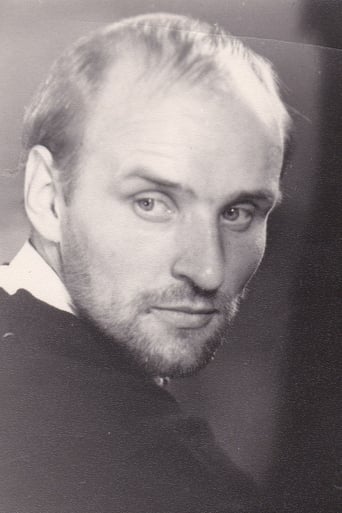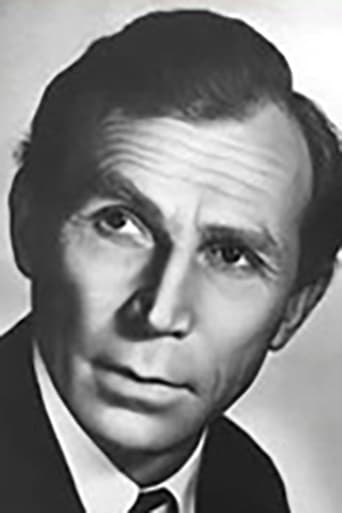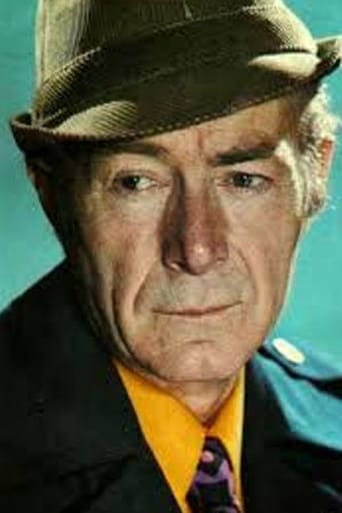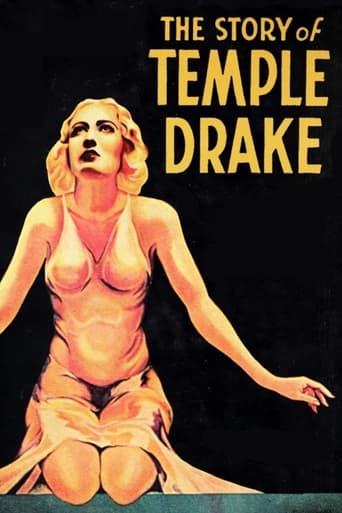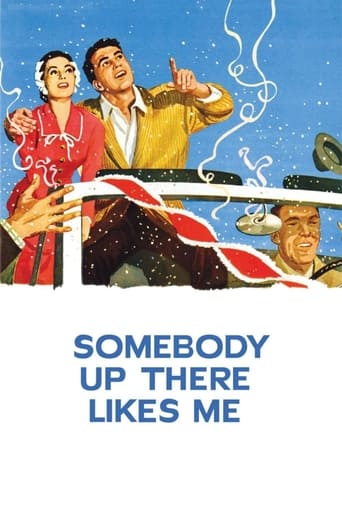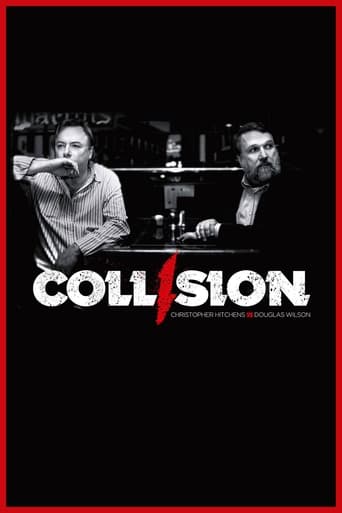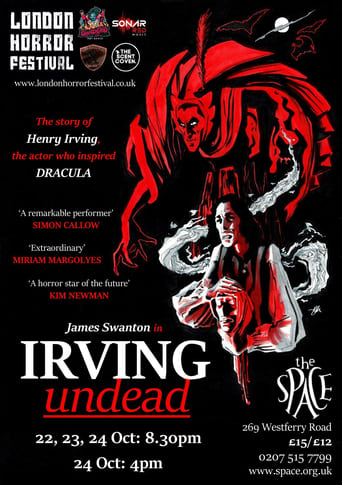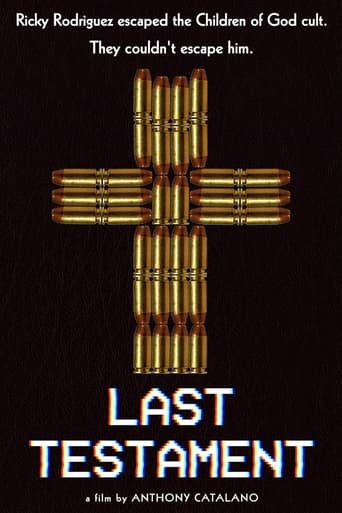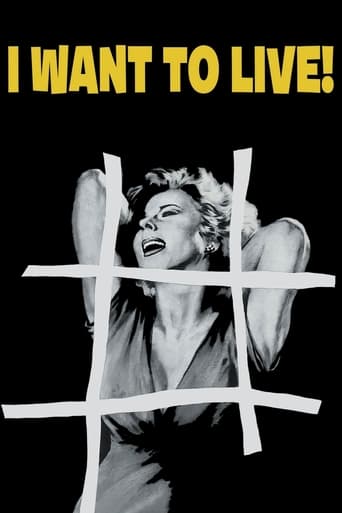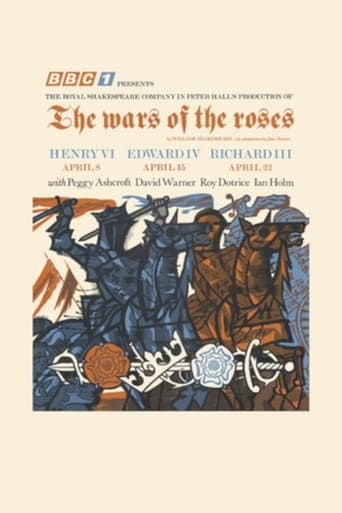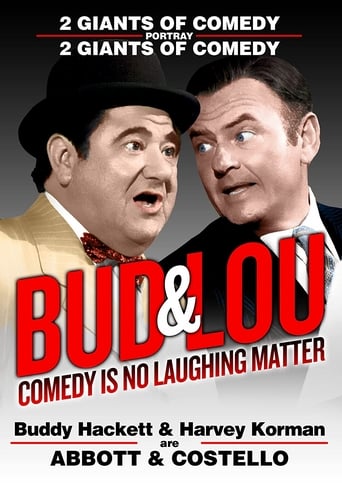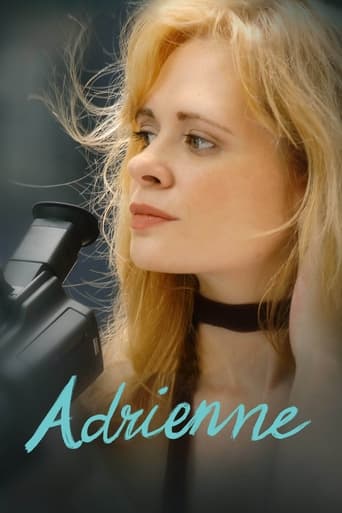Andrei Rublev (1973)
An expansive Russian drama, this film focuses on the life of revered religious icon painter Andrei Rublev. Drifting from place to place in a tumultuous era, the peace-seeking monk eventually gains a reputation for his art. But after Rublev witnesses a brutal battle and unintentionally becomes involved, he takes a vow of silence and spends time away from his work. As he begins to ease his troubled soul, he takes steps towards becoming a painter once again.
Watch Trailer
Free Trial Channels
Cast


Similar titles
Reviews
Such a frustrating disappointment
Absolutely amazing
Amazing worth wacthing. So good. Biased but well made with many good points.
There are moments that feel comical, some horrific, and some downright inspiring but the tonal shifts hardly matter as the end results come to a film that's perfect for this time.
In 1966 Andrei Tarkovsky directed Andrei Rublev, also known as The Passion according to Andrei. The film loosely depicts the life of Andrei Rublev, an early 15th century monk who is renowned as Russia's greatest creator of religious icons and frescoes. Tarkovsky used this historical figure to anchor the film in one of Russia's most tragic period, making Andrei Rublev not only a witness of his Time but also depicting the artist's creation process, the importance of his faith, the Loss of it and more importantly how the two (Art and Faith) can help go through event you can't really grasp or even understand. The complexity of the film as well as the political implications explain why Andreï Rublev was not released in an atheist USSR until 1971 and in a censored version mind you.The film starts with a prologue where we see a man call Yefim taking off from the roof of a church in a hot air balloon and escaping a mob trying to prevent the Take-off. Yefim seems highly exited and delighted by the sight he experiences from the air; but as the air balloon crashes, we understand that elevation in this obscurantist time is not going to be easy. We fall before we reach enlightenment. This is our Human Condition, this is what Life is about and the shot of a Horse lolling in the grass by a river bank epitomizes Life, its struggle and its beauty. This prologue summarizes metaphorically the seven chapters that follow narrating the trepidations of Andrei Rublev looking for elevation and falling back into his Human condition.For Andrei Rublev, Faith and Art are intimately linked, he paints religious icons and frescoes because he believes this is his priesthood the only way he can transmit his Faith to the people. Losing his Faith in Humanity might imply losing his Faith in God and so in Art. It's only when Andrei witnesses the casting of a bell that his life turns around. He meets the character of Boriska,the bell caster, another creative character a reminiscence of young Andrei and when Andrei sees the young Boriska collapsing on the ground of fatigue and breaking into tears, he takes him in his arms to comfort him and break his vow of silence. He understands he is not alone struggling with the concept of artistic creation and Faith as both (the young Boriska and the older Andrei) brought people so much joy. An artist with a vision can create and eventually echoes god's power of creation by using his or her technical skills but more importantly his or her heart and Faith.The "tour de force" of Andrei Tarkovsky is to use the same creative process than the one of his film's protagonist. By putting his heart and soul in the core of his cinematographic technique he transcends the genre and the medium. We understand that "in cinema it is necessary not to explain, but to act upon the viewer's feelings, and the emotion which is awoken is what provokes thought". To this respect Andrei Rublev is a film to experience and I humbly suggest we experience it with our heart and soul.
An epic that succeeds in all of its three hours (I say this because several versions exist), Tarkovsky's preferred vision stands as one of the greatest Russian movies ever made. Because only little is known of Andrei Rublev's life, a heavier focus is made on the hardships and violence of medieval Russia. In doing so the film can approach themes such as artistic freedom, religion and (Ironically) repressive authority (As the film was banned in the Soviet Union, until a few years later when they released a censored version).Though it strangely begins with an unexpected hot air balloon ride, surprisingly in these few short minutes the film has featured many of the themes that will be present throughout the picture, such as life and creative hopes dashed. Religious icon painter Andrei Rublev (Anatoly Solonitsyn, in the first of many Tarkovsky productions), and other wandering monks seek work as they travel across the fields and treacherous landscapes of 15th century Russia. Ever the observer, Rublev is forced to hear the arrogance and shortcomings of his companions, as well as the locals whose lifestyles can be seen as sinful to others, and will eventually fall to the wrath of Prince's and Tartars. It's a long narrative where more hopes are crushed than realised, but ultimately depicts the violence and hardships of the time effortlessly.I've come to respect that the film's focus switches from Rublev and his surroundings, as the cinematography and shots that Andrei Tarkovsky and Vadim Yusov employ just blend the multiple narratives seamlessly. As for music I can only really remember the last 6 or so minutes of the film, but the hundreds of extra's, set pieces and moments I don't want to spoil has its own kind of musical rhythm. The recurring themes are ever present, and the early moments of Tarkovsky's references to classic paintings start here (Such as "A detail of The Hunters in the Snow" (1565) by Pieter Bruegel the Elder, though it features much more prominently in "Solaris", 1972). Of course there is the small amount of infamous animal abuse of a cow and a horse, but I also sternly believe that it was kept to a minimum and handled very well given that the cow was covered in asbestos, and the horse was heading to the slaughterhouse regardless (Trust me, it really isn't all that terrible considering some other movies).Final Verdict: Actions speak louder than words in "Andrei Rublev". Whilst not deeply ambiguous, it certainly fulfils an artistic purpose that never comes off as arrogant. It is as epic and grand as the paintings themselves, and whilst not my favourite of his works it could most definitely be Tarkovsky's masterpiece. 9/10.
The solace journeying of a young monk who's skills as a religious icon painter correlates as he travels from one monastery to another, this documents giant historic swaths of Russian history. From the terrors of marauding legions of Mongul hellions to celebrating pagan spring rites on a lovely riverside evening. Andrei Rubliev in his clean slate of uncluttered preconceptions walks a kaleidoscopic pallet for every being encountered, large and small, through this cinematic sojourn as a medium is redefined in the eyes of director Tarkovsky. It is a beckon of film creativity unmatched at the time of production. Suppressed for many years and shown sparingly in shortened forms in European art houses it remained largely unseen. Legend/myth/facts collide as Martin Scorsese finds the original unedited 208 minutes version under a mattress in countryside Russia in latter 1988, or so the story goes. This is a must see film for anyone who ever considered they thought themselves a critic or chronicler of cinematic poetry. The behemoth tale requires some serious attention and perhaps a token smidgen of bloodletting. After my initial viewing I wanted to toss half my DVD collection as this is what a movie should be. This could appear on most of not all 100 best films ever list if one cares. Watch it and have your inner life saturated with an abundance of celluloid wonder.
Russia have been responsible for some truly fine films, fantasy, animated or otherwise, but Andrei Rublev is truly something special. If there is a Soviet film more visually stunning, powerful, thought-provoking or emotionally profound than Andrei Rublev I've yet to see it. Sure, it may not appeal to all, there have been complaints about the animal torture/killings, the slow pacing and being perplexed by the symbolism but neither were problems for me(but if they are for anybody else that's understandable).Andrei Rublev looks absolutely stunning for starters, not just of any Soviet film but one of the most beautiful-looking films ever, every angle and frame is perfectly composed and with a hypnotic dream-like quality. The film also contains some of the most jaw-dropping and powerful symbolism of all of film, the casting of the bell was the standout with Rublev's colour montage close behind, but the snow crucifixion, the battle and the balloon flight were also memorable images. Tarkovsky's direction is just impeccable, so much so Andrei Rublev for me has to be one of the best-directed films there is. It's very thoughtfully scripted, the hauntingly exquisite music score is not one to forget, the pacing while deliberately slow beguiles rather than bores or frustrates and the story is powerful, inspirational(in how Rublev struggled to overcome the hardships he faces) and poignant. Not only that, but Russian medieval life has never been captured more authentically on film to the extent that the viewer is drawn right into this world, nothing idealistic or overly stylised here, this is compellingly hard-hitting stuff and not in a sadistic way(to me). Anatoli Solonitsyn commands the screen in the title role with vigour and emotional intensity while Irina Tarkovskaya is like a Russian Giulietta Masina(a regular Federico Fellini leading lady if you're not sure), and that's meant in a good way.Overall, majestic cinema(a phrase I very rarely use) and a film that film buffs must see if they haven't already. A very easy 10/10. Bethany Cox

